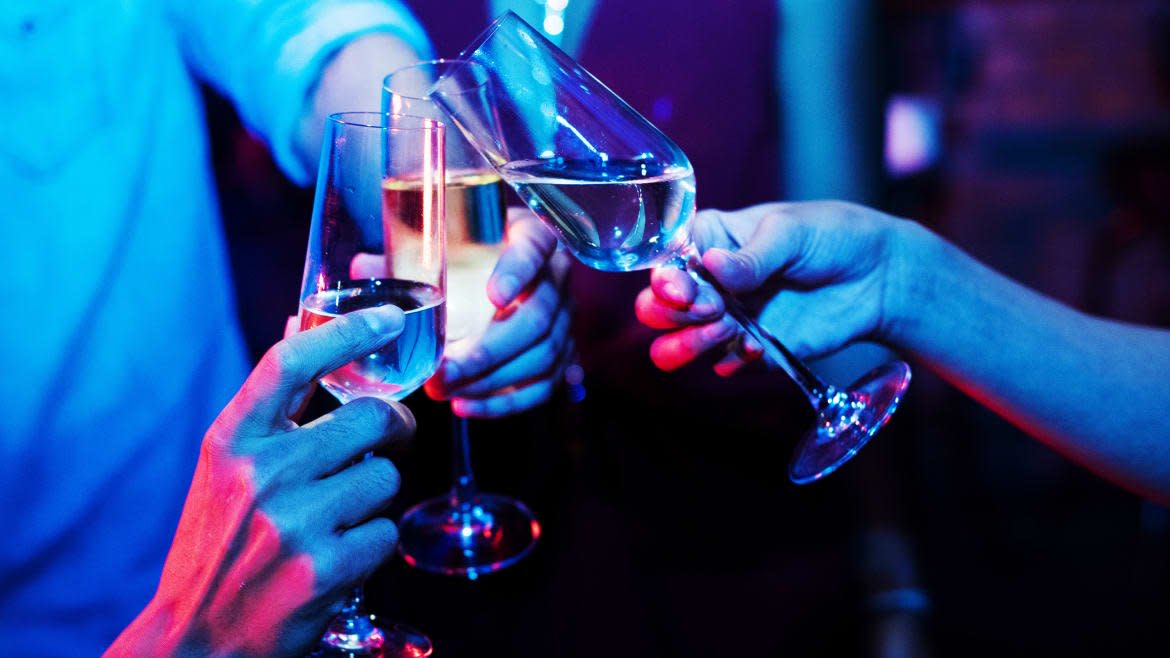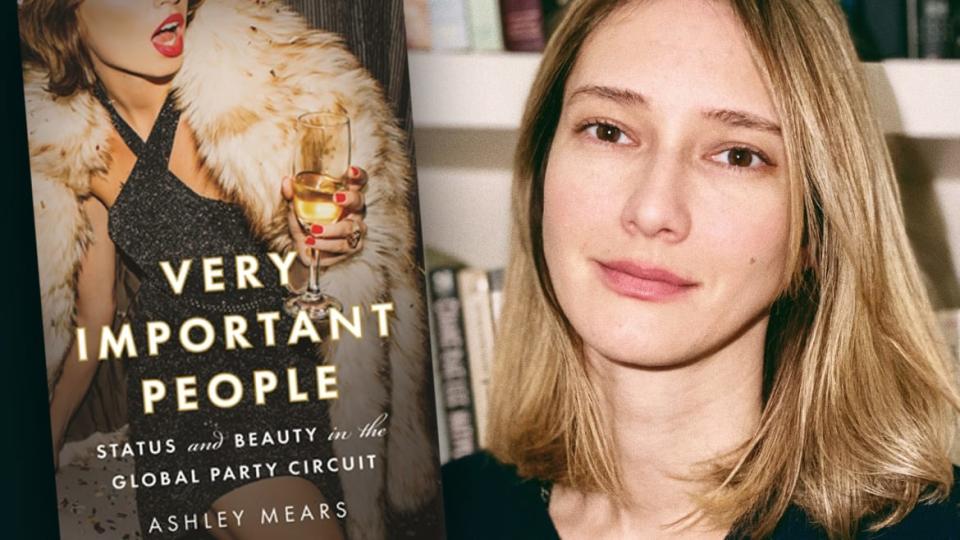Super-Rich Men Go to ‘Bottle War’ in Nightclubs. Champagne—and Models—Are Their Weapons.

In the summer of 2010 Jho Low, a legendarily big-spending nightclub aficionado and financial dealmaker, rocked up at the doors of an expensive St Tropez nightclub, Les Caves du Roy, with Paris Hilton on his arm.
Surrounded by women, including dozens of fashion models, Low and his brother Zhen engaged in an extraordinary display of wealth as they got into what was billed as an “East v West bottle war” against Winston Fisher, scion of a New York real estate family (the Lows are Malaysian) to see who could order the most Champagne.
Frieze Art Fair: The Super-Rich Go Shopping For Art—Including Dick Pics
As each side ordered more and more expensive and lavish bottles, the club owners initiated a well-oiled orgy of celebration, a formula replicated in nightclubs around the world; each new bottle of Champagne would be delivered borne aloft by a “bottle train” of fashion models, the bottles would be adorned with sparklers, special music would be played; and more and more attractive young women would flock to the tables of the rich men doing the ordering.
The Lows were declared the victors, although with the total spend that night in the club topping $2.6 million, it doesn’t take a genius to see who the real winners were.
This absurd story is just one of many jaw-dropping tales of the waste and profligacy of the super-rich on the nightclub circuit documented by the Boston University sociology professor Ashley Mears, who spent 18 months hitting up nightclubs in New York City, the Hamptons, Las Vegas, and Miami for her new book, VIP: Status and Beauty in the Global Party Circuit.
Mears has produced a fascinating intellectual study of the murky economics of the nightclub world, where promoters are paid to bring young models to city hot spots in the (usually accurate) expectation that the presence of those young women will stimulate rich men’s primal urge to show off by using the only means at hand; buying bottles of alcohol at a mark-up of up to 1000 percent.
Of course the pandemic has reined in the partying business in recent months, but Mears told The Daily Beast she has little doubt that the interruption to the immensely lucrative business will be just a blip.
Indeed, Mears began working on the project in the context of the economic recovery from the last great recession.
“It was 2012 and I was reading about some of the bar tabs and seeing some of the prices in the art market,” she said in a phone interview with The Daily Beast.
“So much of the world was still under financial austerity and constraint, and then you had this wild ostentation that was being unleashed. I think that imbalance is sharpening yet again in the pandemic. I couldn’t have anticipated this but it is, I think, a good time to try to reflect on outrageous expressions of extreme economic inequality, gender inequality and racism.”
But why, one wonders, do men—and it is almost always men—such as Jho Low want to waste their money in this way?
“I guess it’s an unsatisfying answer to say that it feels good, but people take a lot of pleasure out of spending,” Mears says, “It’s not something the nightlife industry invented. Even in pre-capitalist societies, rich people would show off their status, and perform this ‘big man’ show. Who can have a bigger feast? Who can waste more riches? Who can squander more food?”
Clubs have become adept at “staging these situations where people can suspend their norms and really take pleasure in excess. The club is really good at egging people on, ratcheting up competition, having these very visible status symbols that people are attuned to. They know how to get the spending going, how to get people to lose themselves in those moments.”
The really spectacular spending sprees by so-called “whales” like Jho Low are infrequent events, but clubs, to the chagrin of many veteran clubbers who relished a diverse scene, have become hugely reliant on affluent businessmen and male tourists who emulate the whales, buying their way into clubs with a commitment to spend around $2,000 to $4,000 on bottle service. The club owner will, in return, make sure the table is besieged by women.
“People refer to it as ‘models and bottles,’ with the idea that if there’s a lot of beautiful women, that approximate to look like a fashion model, then people will spend more money on the bottles,” says Mears.
“There’s this really interesting typology of categories of worth of women in clubs. At the very top there’s the working fashion model, the recognizable fashion model that you could say that you saw her in an ad campaign.

“Then below her would be women who are, you know, maybe not at great agencies, or they’re starting their modeling career, or maybe they’re not even signed with an agency yet. And then below that would be women who are not quite fashion models but when the lights are low, they more or less approximate the look.”
Mears sportingly puts herself in this latter category—a former fashion model herself, she was 32 when she started the project. “People would really gasp when they heard that I was 32. You’d have to pick their jaws up off the floor sometimes. It’s like way too old for a girl to be in these places.”
Women, she says, are only valued as “decoration for men’s economic status.”
Witness what she was once told by a promoter she was interviewing: “Oh, you don’t get it. You think you’re invited for being a writer. You’re invited because you’re a hot girl.”
In this world where the spendthrift is king, Jho Low quickly became a legend: “In the time I was doing this field work, everybody talked about him and everybody had a story about that night when Jho Low came,” said Mears.
“The most that I ever saw was small potatoes compared to a Jho Low bill. In Miami I saw a bill of about $200,000. That was also a night that involved a competition with another whale. So, people are seeing who can spend more in the club, ratcheting up that sense of competition.”
The source of Low’s money, Mears says, was always something of a mystery. His largesse, however, was not: he allegedly purchased a $325,000 white Ferrari as a wedding gift for Kim Kardashian in 2011; Leonardo DiCaprio got paintings by Picasso and Basquiat (Low invested $100 million for production of The Wolf of Wall Street;) and Miranda Kerr reportedly received diamond jewelry with a market value of US$8 million.
Low was forced to retire from the international club scene, however, when he was accused of siphoning $4.5 billion from the Malaysian Sovereign Wealth Fund into his personal accounts. Low runs a personal website on which he denies all the charges against him as politically motivated.
He remains, however, an international fugitive. He is thought to be living in China, where bottle service is, unsurprisingly, just as popular as it is in the West.
Get our top stories in your inbox every day. Sign up now!
Daily Beast Membership: Beast Inside goes deeper on the stories that matter to you. Learn more.

 Yahoo News
Yahoo News 
